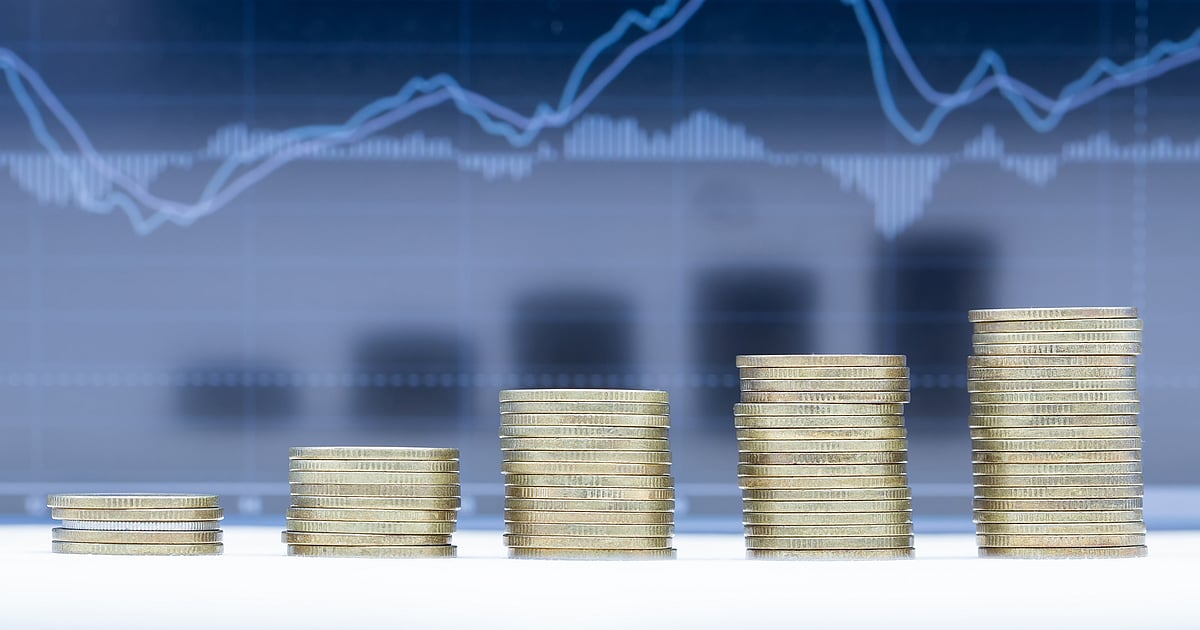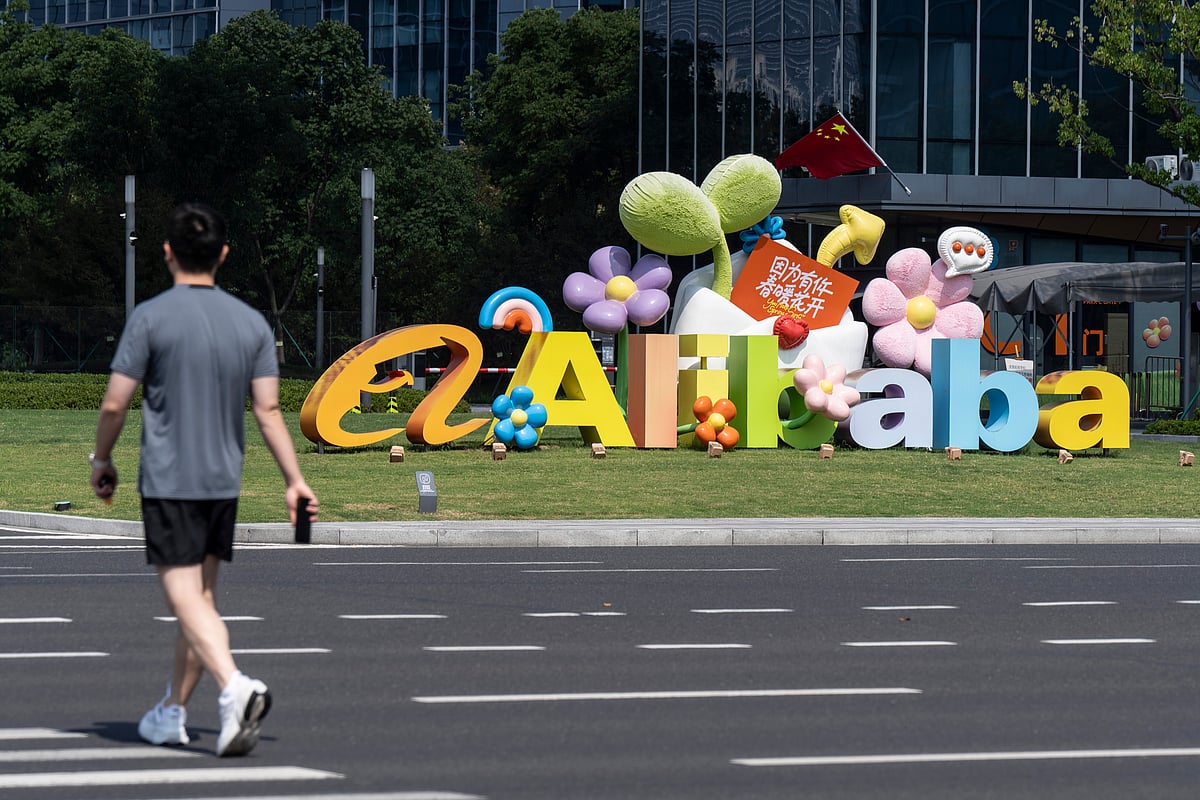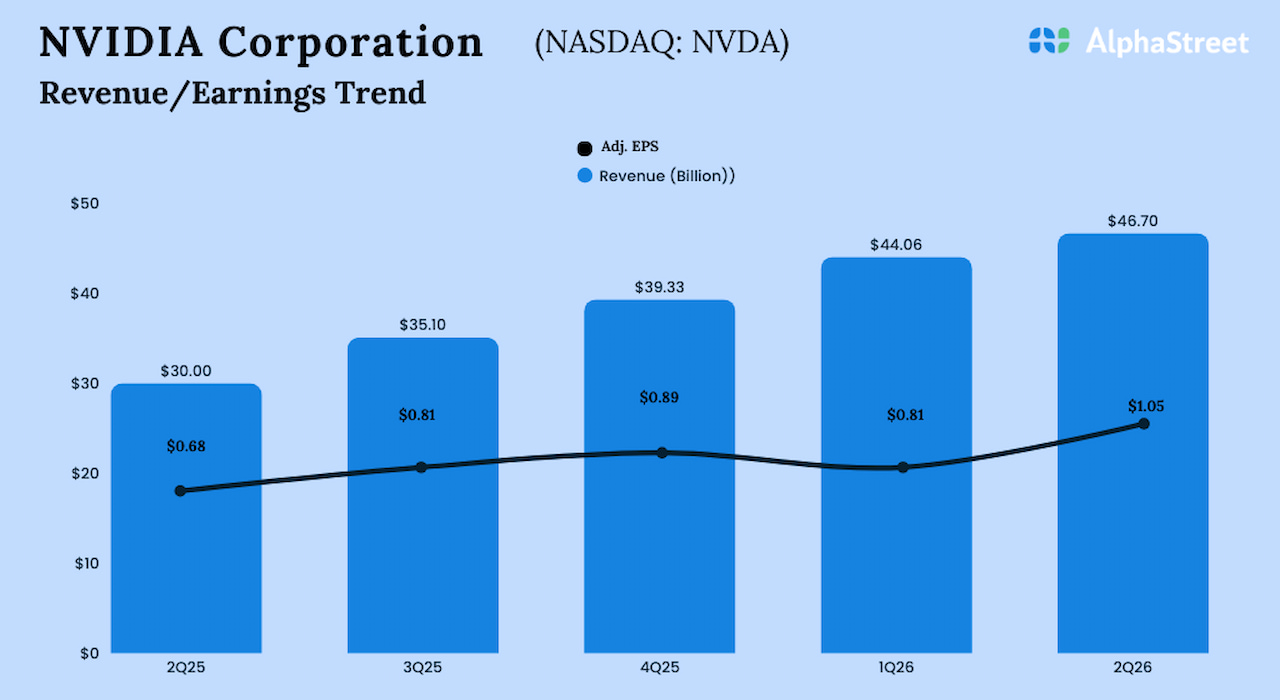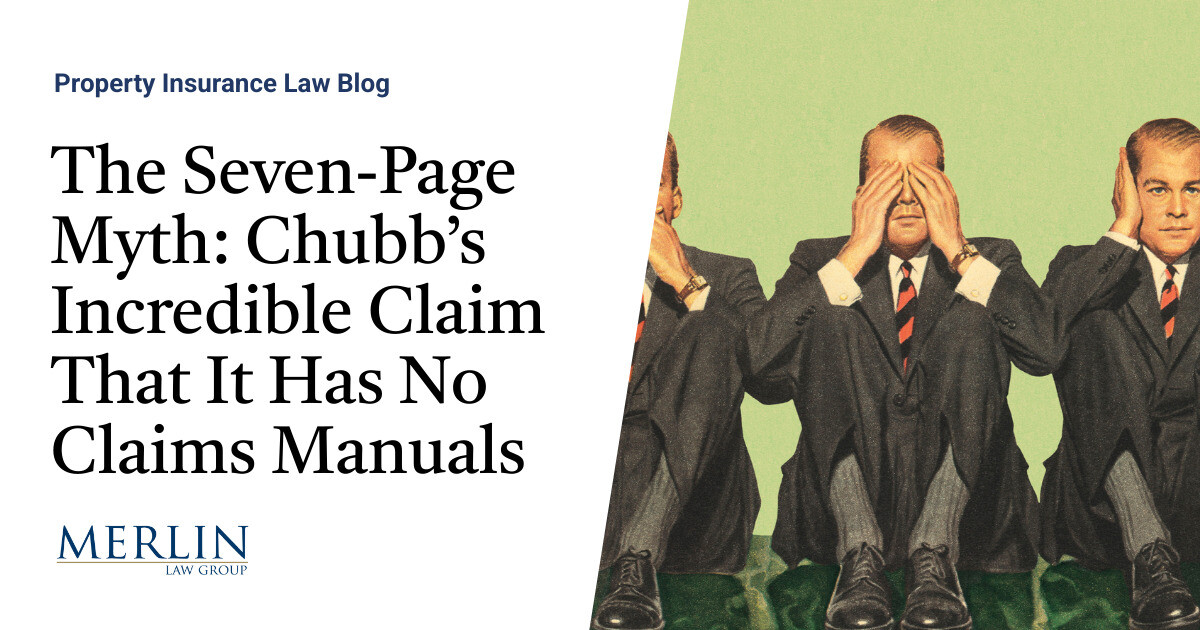Bharti Hexacom (BHL) made a strong stock market debut with shares of the telecom operator listed at Rs 755.20, a 32 per cent premium over its issue price of Rs 570 per share on the BSE on Friday.
The stock listed at Rs 755 on the National Stock Exchange (NSE). Post listing it moved higher to Rs 769 on the NSE.
At 10:02 am; BHL was trading at Rs 764, up a 34 per cent over its issue price on the BSE. A combined 21.2 million equity shares changed hands on the NSE and BSE. In comparison, the S&P BSE Sensex was down 0.51 per cent at 74,659.
The telecom company is in the business of communication solutions offering mobile, fixed, and broadband services to customers in Rajasthan and North Eastern (NE) states of India.
BHL serves around 27 million wireless subscribers (subs) in these two circles; wireless business constitutes 97-98 per cent of its revenue while the balance 2-3 per cent is from broadband business. Also, the Rajasthan circle accounts for around 78 per cent of its revenue and the NE circle for the remaining around 22 per cent. BHL is the market leader in NE with a revenue market share (RMS) of 52.7 per cent in 9MFY24 (up from 42 per cent in FY21), while it is second in Rajasthan with RMS of 40.4 per cent (up from 32.7 per cent in FY21).
Bharti Airtel is the promoter of BHL and holds 70 per cent stake; government-owned TCIL’s (Telecommunications Consultants India) stake is now down to 15 per cent while public investors own 15 per cent post-IPO.
The company has a strong parentage of the “Airtel” group. Its one-time accounting adjustments kept the net profit on de-growth mode, but at the gross level, it marked growth. Based on 9MFY24 earnings, the issue appears fully priced. It enjoys virtual leadership in the telecom circles it is operating and is confident of maintaining the lead, Way2Wealth Brokers said in IPO note.
Buy, sell, or hold?
JM Financial Institutional Securities has initiated coverage on BHL with a BUY (target price Rs 790) based on 10x FY26 EV/EBITDA (in line with valuation of Bharti Airtel’s India wireless business).
India wireless average revenue per user (ARPU) is on a structural uptrend given the consolidated industry, and as industry needs ARPU to rise to Rs 275-300 in 3-4 years to meet future capex needs.
The brokerage firm expects BHL’s ARPU to grow at around 10 per cent CAGR, consisting of 6-7 per cent ARPU CAGR due to regular tariff hikes; and 3-4 per cent ARPU CAGR due to Bharti Airtel’s premiumisation strategy.
BHL’s FY24-26/ FY24-30 EBITDA CAGR could be higher at around 17 per cent/15 per cent due to presence in high growth potential markets as Rajasthan/NE circle has relatively lower teledensity; and relatively lower penetration of high ARPU post-paid and data subs.
“Though higher multiples can be argued for BHL given 2-3 per cent higher EBITDA growth potential, we have used 10x multiple factoring in potential concentration risk due to BHL’s entire dependence on Rajasthan and NE circles and also on wireless business,” JM Financial said in a report.
The stock could potentially double in 3-4 years on the back of 15-17 per cent EBITDA compounding story. The brokerage firm sees BHL as a midcap pure-play on wireless ARPU growth story vis-à-vis Bharti (which sees 25-30 per cent of its value coming from other than India wireless business). Key triggers: structural uptrend in ARPU via regular tariff hikes and upgrades/data monetization, the brokerage firm said.
First Published: Apr 12 2024 | 10:13 AM IST






































